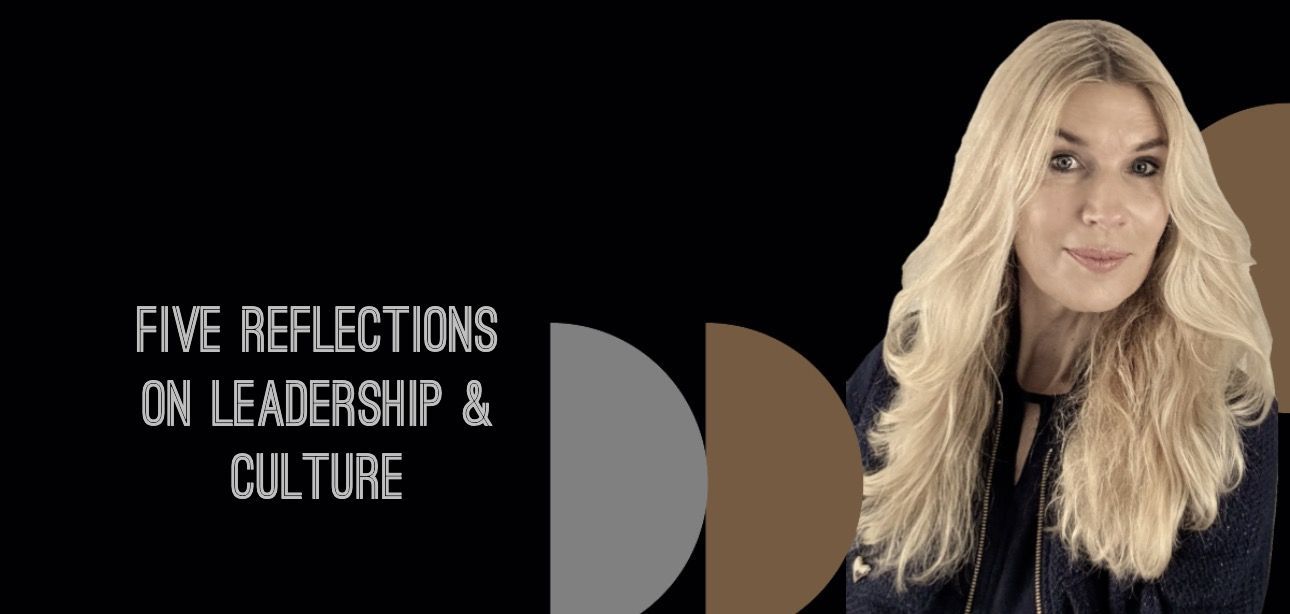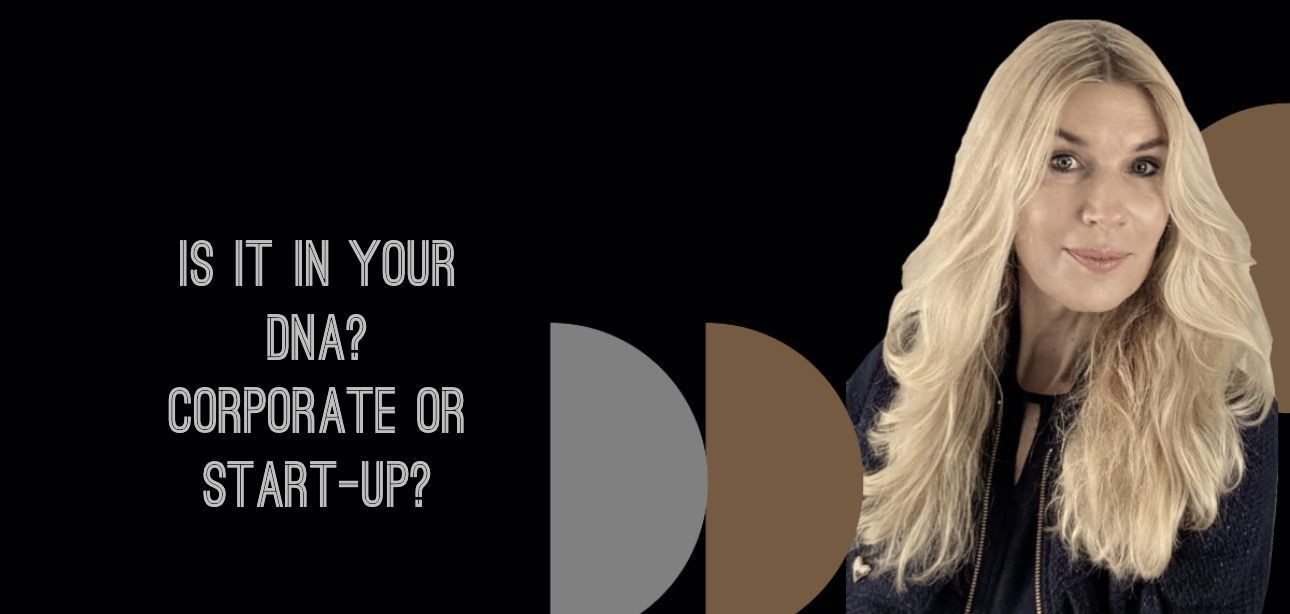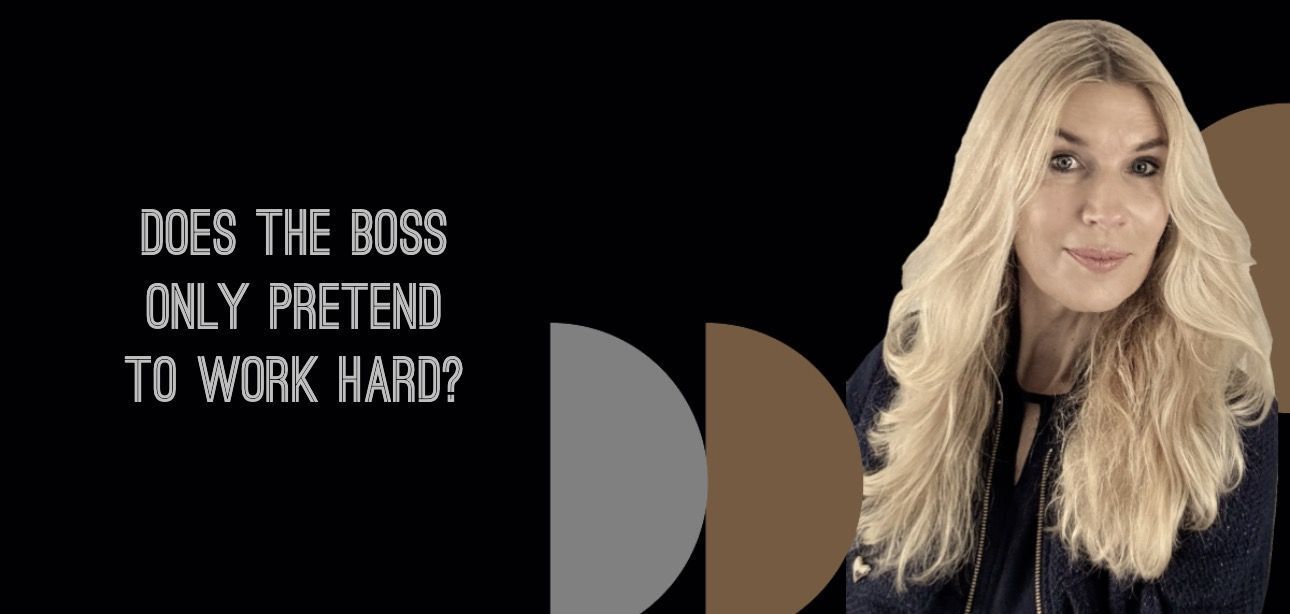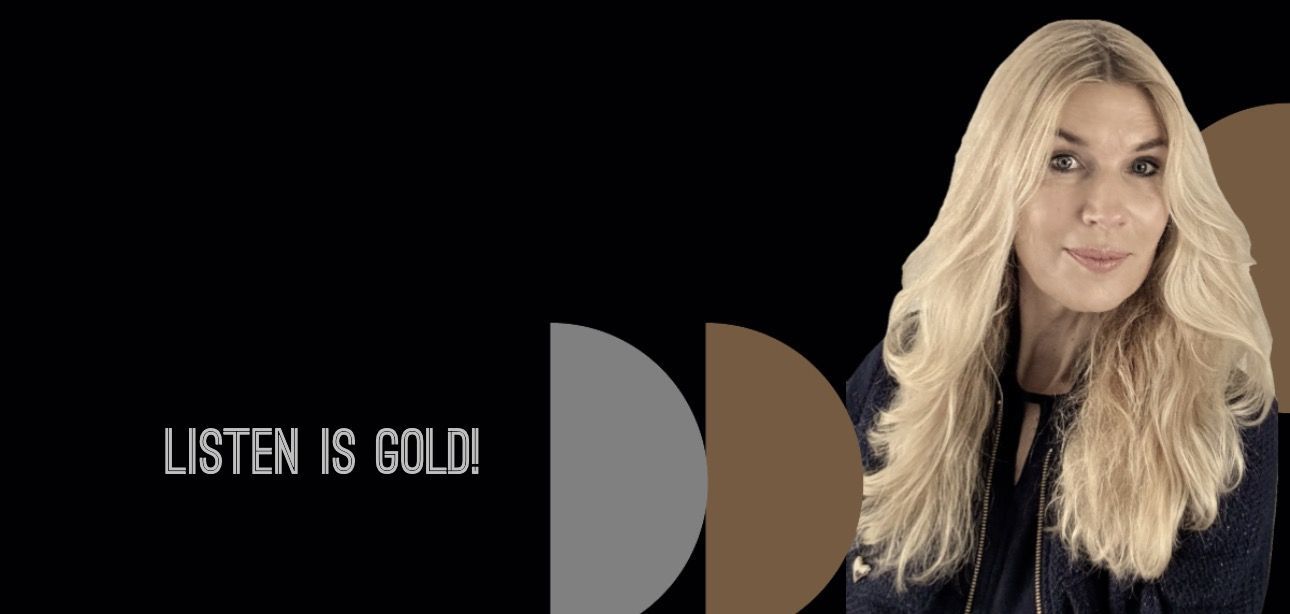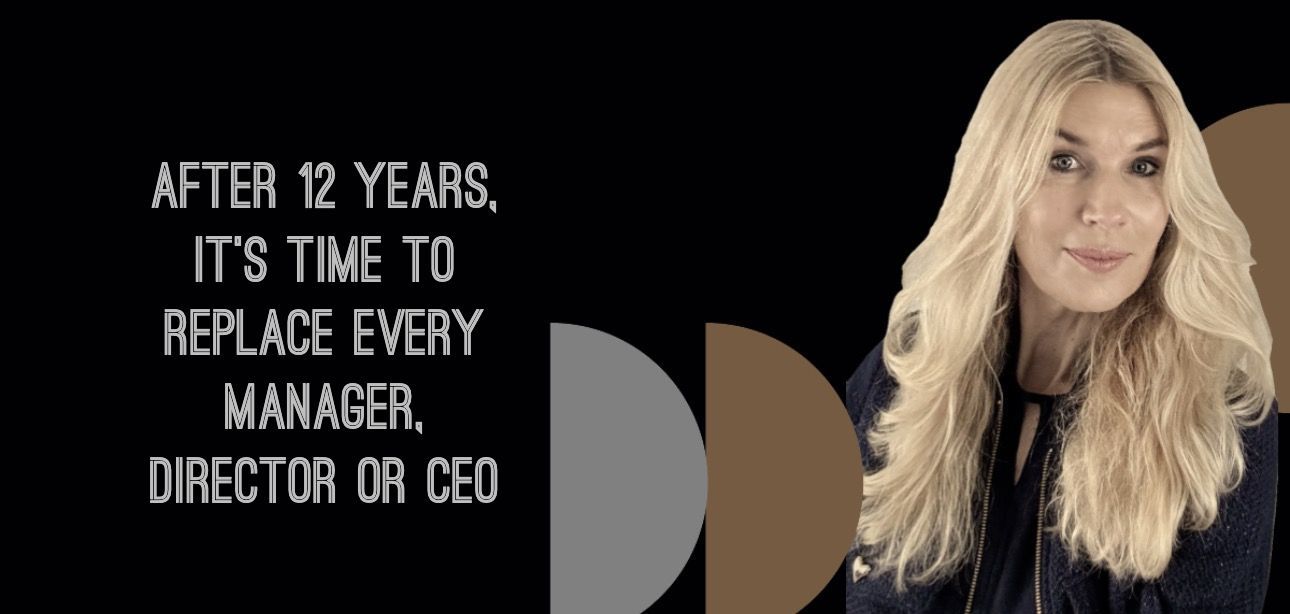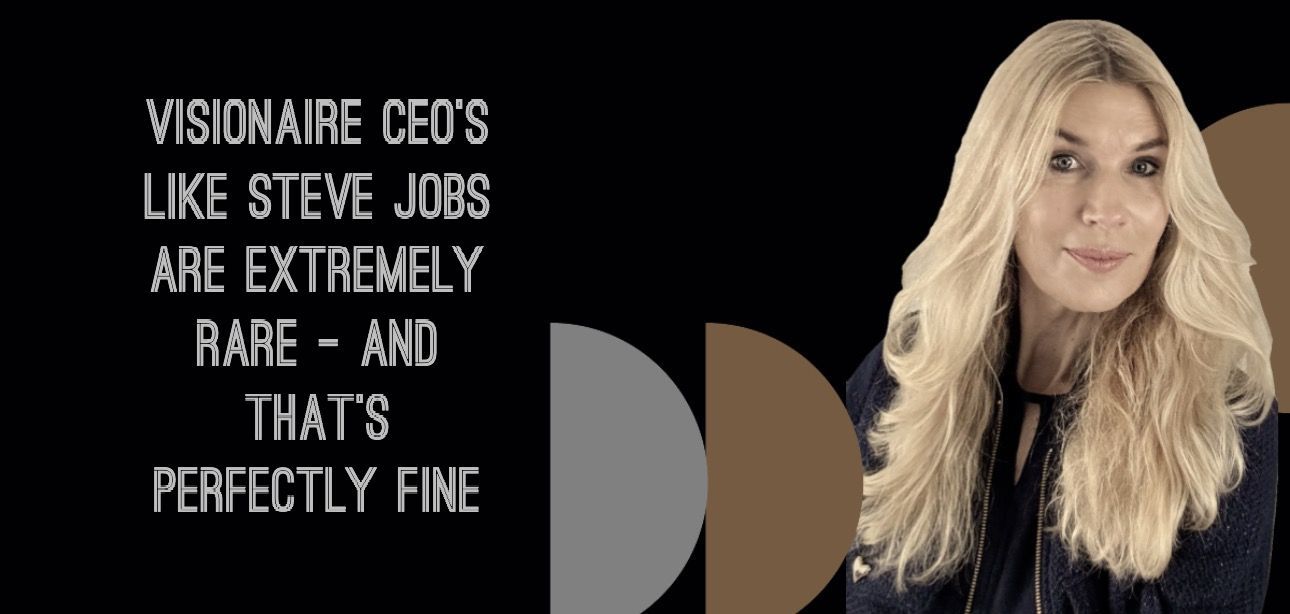I have caused sadness too, but I have grown from it!
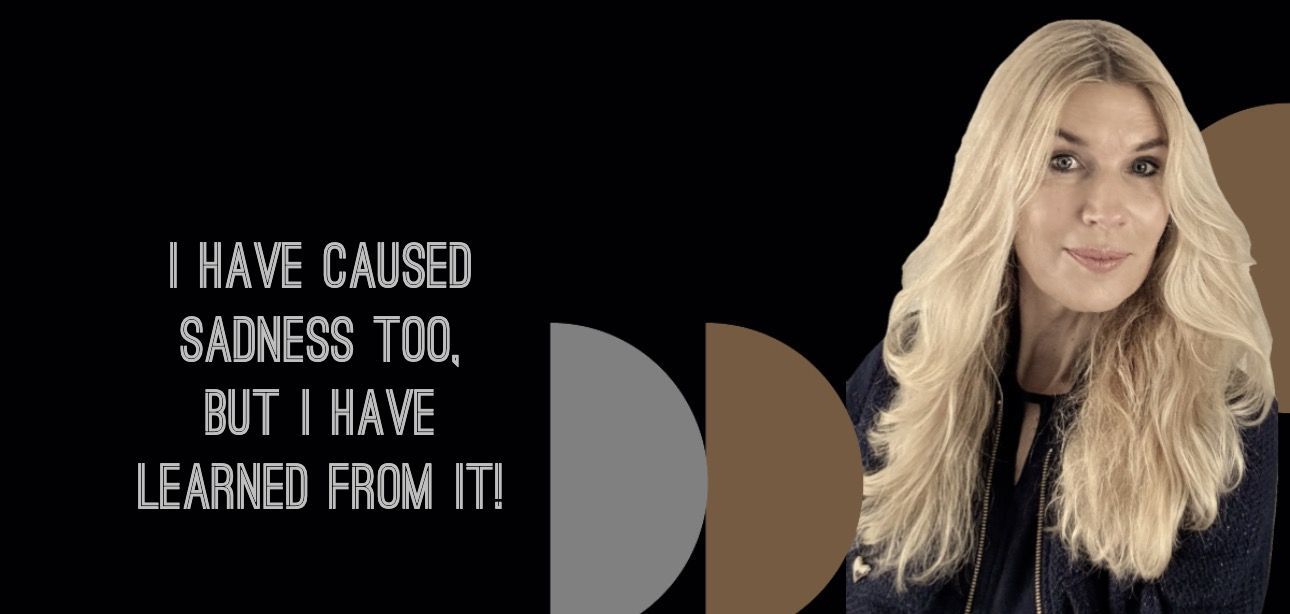
It’s a well-known saying: "If you want a situation to improve, you must first improve yourself." But oh, how difficult that remains. Especially in moments when you're about to make a tough decision—saying goodbye to someone or pushing through a decision because you're convinced your solution is the best one. Yet, it is crucial to first look at yourself in those moments.
The Road to Improvement
In an earlier column, I wrote: "Real leaders listen." Those words sound simple, but they remain relevant time and time again. Even if, as a leader, you know what direction or strategy is needed, leadership is not just about the end goal; it's also about the journey to get there. Because how you get there makes the difference between building a stronger organization or unintentionally causing damage.
The Power of Listening and Aligning
Take, for example, a situation where you’re convinced that it would be better for someone to leave your team. You can take a direct approach: a short conversation, deliver the message, rip off the band-aid, and move on. Your burden is lifted, you sleep well again, and you can carry on.
But does that truly improve the situation? Often, it does not. Unspoken emotions linger, and in an organization, that always has an impact—on the culture, on collaboration, and even on the loyalty of other team members, the very people you may want to keep the most.
I’ve made mistakes in this area myself; I, too, have hurt people by jumping to conclusions too quickly. The good thing is that I’ve learned from it and was lucky enough to restore relationships afterward.
Scientific research supports this: listening is one of the most powerful tools of leadership. A study by Zenger & Folkman (2016), published in Harvard Business Review, found that effective listeners don’t just pay attention but also reflect, summarize, and ask questions. This creates mutual understanding and trust.
The Talking Stick
A technique I embrace comes from Indigenous traditions: the talking stick. The principle is simple but effective. Take the time to explain why you’re dissatisfied, how you see the situation, and what your thoughts and expectations are. Then, ask the other person to summarize your words. That way, you know if they have truly listened.
Next, give space for reflection: how does the other person see the situation? What is their analysis? This requires you to listen—actively and without judgment. What happens through this process? Two things.
- A shared understanding emerges. Even if you still disagree, you both know you’ve been taken seriously.
- It creates room for unexpected breakthroughs. Perhaps the other person discovers a solution you hadn’t thought of. Or maybe the process confirms that parting ways is the right choice—but now with mutual respect and understanding.
Small Adjustments, Big Impact
The best part? This approach often doesn’t take more time than the direct route. In fact, the time you invest in a meaningful conversation pays off multiple times over. You build trust, strengthen the culture, and create sustainable solutions.
It all starts with awareness. Stop, look in the mirror, and ask yourself: Have I truly listened? Sometimes, that’s all it takes to shift a situation.
So here’s my invitation for today: take this thought with you. It’s nothing groundbreaking—just a small reminder. Maybe it’s exactly what you need to do something great today—for yourself, for someone else, and for the organization 🙏
February 2025, Column for MT/Sprout -
Delen
Ineke Kooistra Blog & Articles

